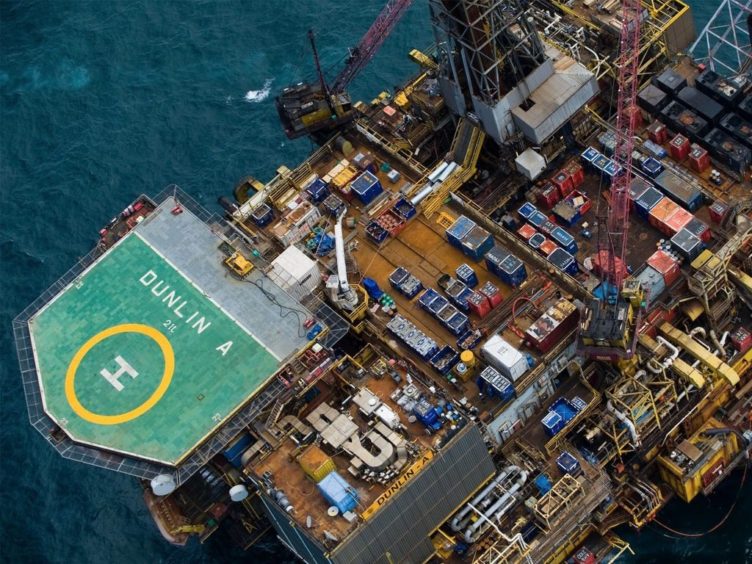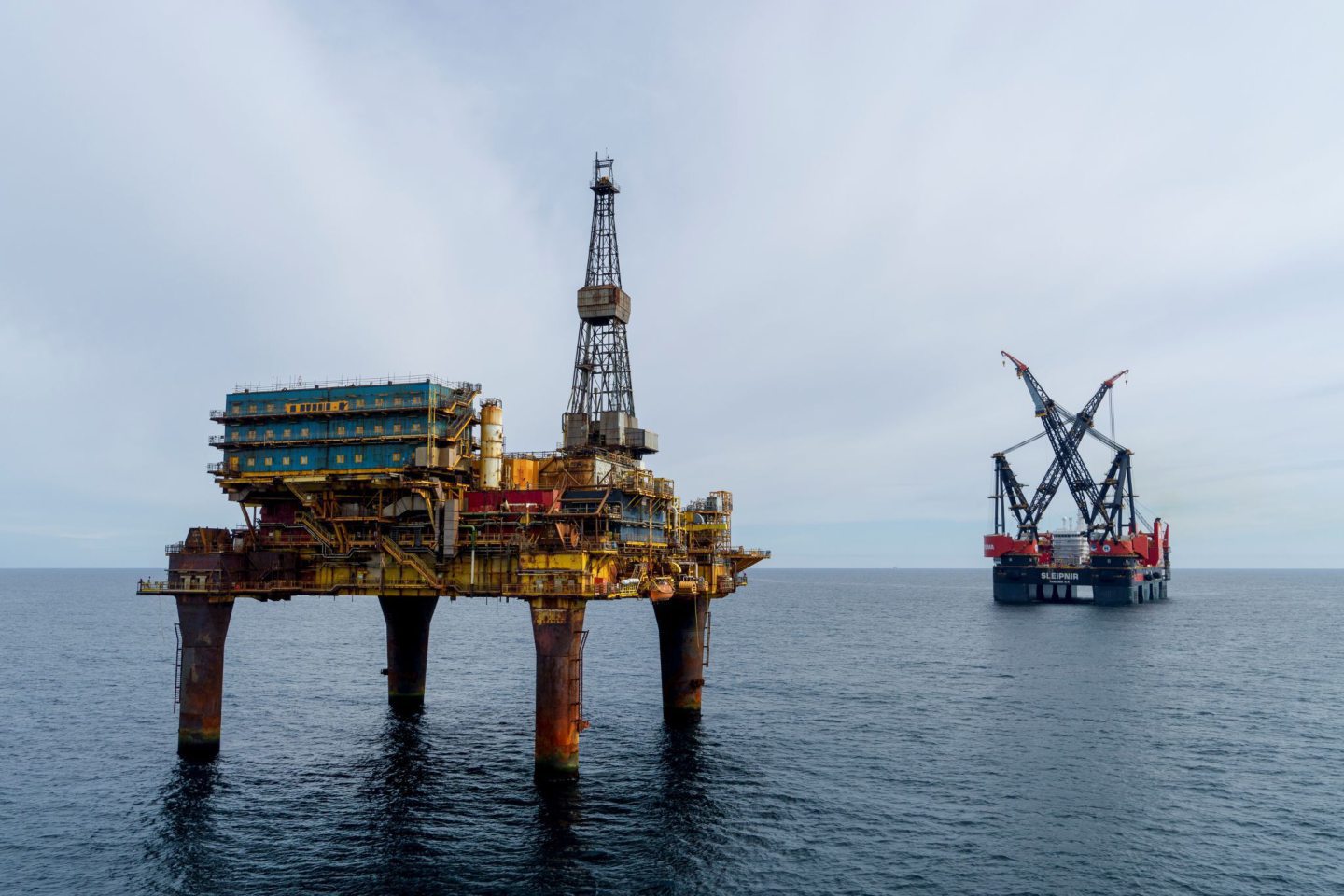
The UK is facing opposition from several European nations for its support of Fairfield Energy’s plan to leave the huge legs of the Dunlin oilfield in the North Sea.
A special consultative meeting of Ospar, a pan-European body to protect the marine environment, is to be held after opposition was raised by parties including Germany, the Netherlands, Spain and the EU, Energy Voice understands.
Fairfield Energy, which operates Dunlin, is seeking a “derogation” to the Ospar treaty after UK regulator OPRED backed a similar move from Shell to leave the legs of its Brent field in the sea.
That issue has rumbled on in controversy for years – with environmental and political concern centred on the potential for thousands of tonnes of oil-sediment contents within the legs to spill into the sea over time as the concrete gravity-based structures degrade.
Legally, the decision ultimately lies with the UK Government, though breaching OSPAR could damage the country’s environmental credentials.
Topsides for Dunlin were removed earlier this year.
‘Same problem, different field’
Dunlin, formerly operated by Shell having first flowed oil in 1977, also has gravity-based structures containing similar substances to Brent Bravo, Charlie and Delta.
Poor sampling of the oil-sediment contents within the Dunlin legs – and a lack of progress by OPRED on dealing with the controversial Brent issue – forms the backbone of Ospar parties’ opposition.
One source with knowledge of the matter described Dunlin as “Brent-light” and having the “same problem, different field” to Brent.
They said Dunlin has “less scientific and technical info than the Brents, which are already flawed”.
Another said, “it’s basically if you thought Brent was bad, Dunlin is 1000-times worse” in terms of sampling.
They added: “The real killer arguments are that OPRED hasn’t sorted out the Brent issue, it hasn’t classified what the wastes are and why they can be legitimately dumped into the sea in 1,000 years’ time, and it hasn’t really tried to solve the problem.”
Fairfield Energy said in a 2019 decommissioning submission to the UK Government that it had “exhausted all safe and feasible options” to access the cell contents via the legs and topsides for sample data.
Its thought the Ospar meeting could be help in the new year.
OPRED, Ospar and Dunlin
Under Ospar rules, installations must be removed in their entirety once they reach the end of their production cycle.
But Ospar can make exceptions if companies can prove complete removal would be more harmful to the environment than leaving the structures in place.
Fairfield has previously said there are “no credible options could be identified that would have enabled full removal of the residual cell contents, other than full removal of the entire substructure”.
A spokesperson for the UK’s OPRED said: “The decommissioning proposals for Brent and Dunlin are ongoing. We undertake decommissioning in accordance with UK and international requirements. Technical, safety, environmental, societal, and economic impacts are prioritised.”
Dunlin lies 310 miles north-east of Aberdeen and seven miles from the boundary line with Norway.
Fairfield Energy said: “Each derogation proposal is considered on an individual basis in accordance with the provisions of OSPAR Decision 98/3.
“All necessary stakeholders have been engaged during the development of these proposals, which are the result of many years of study, assessment and regulatory oversight.
“In accordance with Annex 3 of Decision 98/3, the Offshore Petroleum Regulator for Environment and Decommissioning (OPRED), on behalf of the UK Government, is now consulting on those proposals with the other OSPAR Contracting Parties.”
First oil flowed at the Greater Dunlin area in 1977 and it produced 522million barrels of oil before production ceased in 2015.
The main reservoir was reached with wells at the 342,000 tonne concrete gravity base Dunlin Alpha platform.
Separate reservoirs in the Osprey and Merlin Fields were later tied back to the platform.
Fairfield took over the operation of the area in 2008, with decommissioning work beginning in 2015.
Recommended for you


 © Supplied by Heerema
© Supplied by Heerema